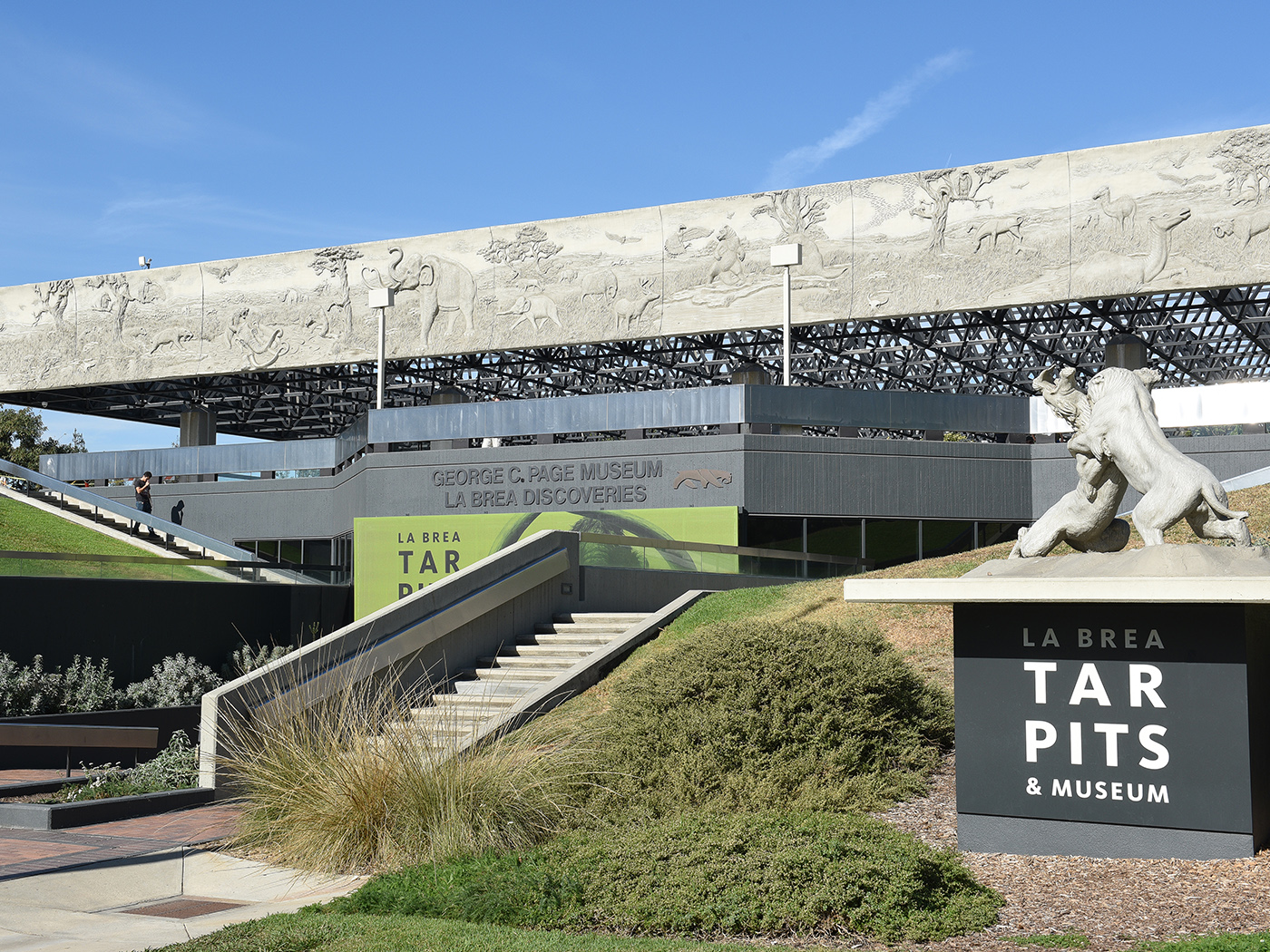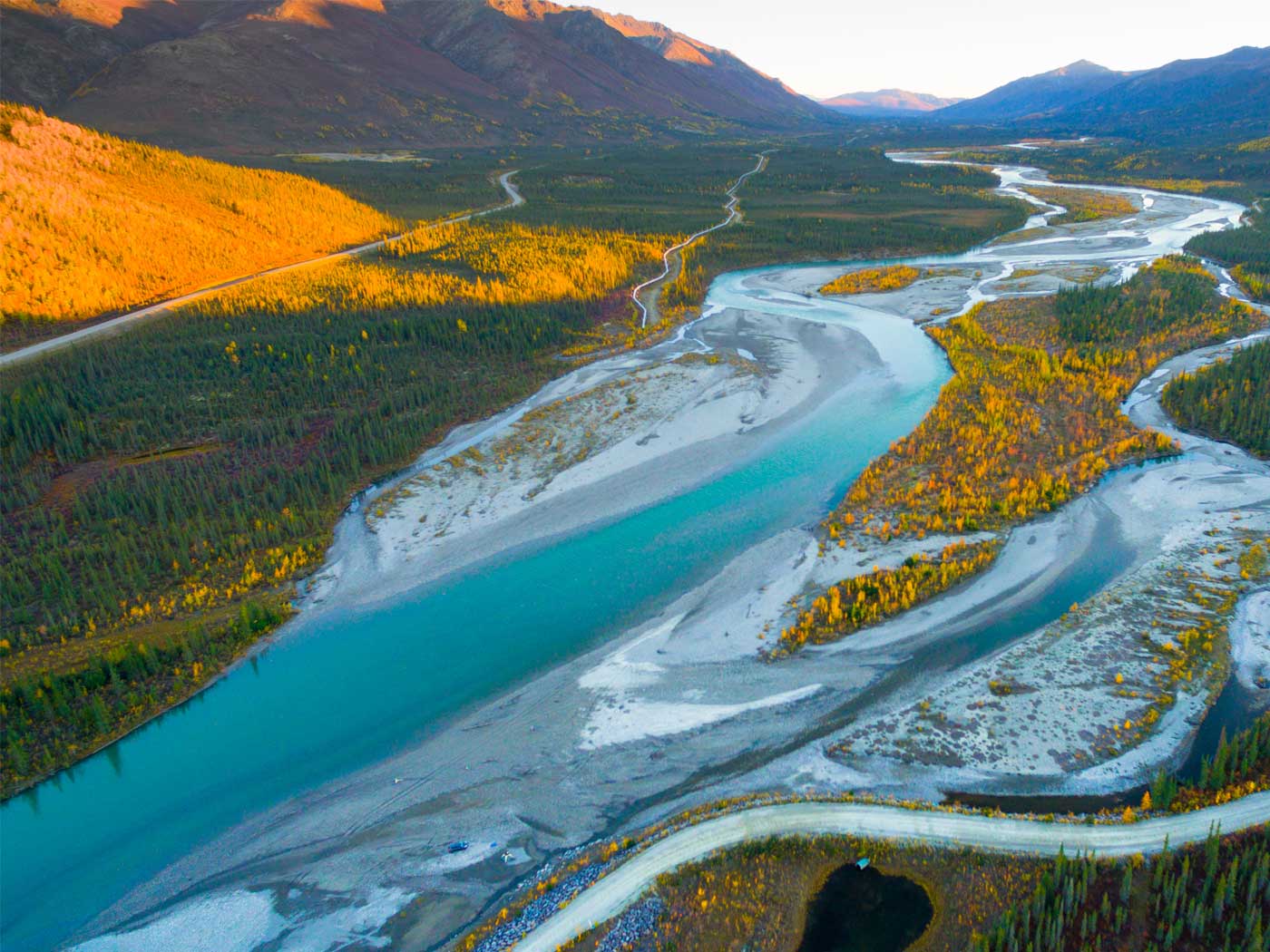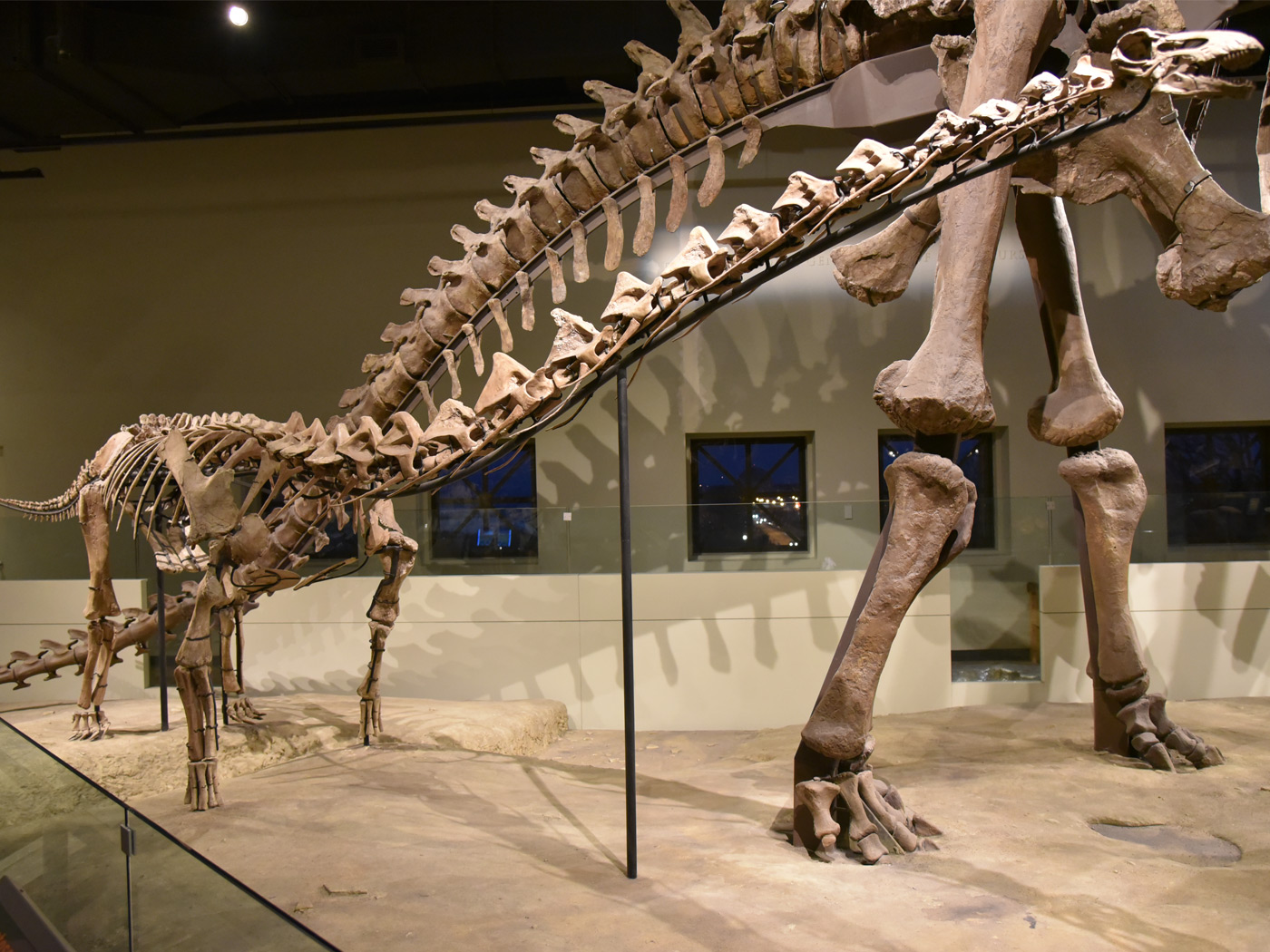Droughts across north Texas dried the Paluxy River bed, famous for its dinosaur footprints. Ordinarily, the dinosaur tracks lie buried beneath water-covered mud, but dry conditions enabled workers to remove the mire that had long covered them at Dinosaur Valley State Park near Glen Rose. Reports of the newly exposed tracks revive the thrill of discovery as well as mysteries about these tracks.1
For example, why are there dinosaur tracks instead of ones from other animals?
Were these dinosaurs the only creatures alive at that time? But that doesn’t square with fossil bone beds that preserve all kinds of creatures, including dinosaurs, birds, mammals, and fish jumbled together. A track-making model based on Noah’s Flood could help. Flood waters may have washed out all the possible track makers except those from creatures that were strong swimmers.
Adult theropod Acrocanthosaurus, plus the sauropod Sauroposeidon, made the most tracks within Dinosaur Valley—and elsewhere for that matter, from San Antonio to Colorado and even Arkansas. Sediment-carrying, land-covering tsunamis could have washed away other animals, including the often-absent baby dinosaurs.
How did any tracks get preserved at all? Tracks rarely get preserved today, and never in the same conditions that the Glen Rose Limestone shows. The sediment must have begun just soft enough to deform when a multi-ton creature walked on it. Then it must have hardened within hours or days—soon enough to keep waves, wind, other creatures’ footsteps, worms, and clams from obliterating the tracks. Then, long before vegetation could take root to disorganize the ground and its tracks, new waters brought fresh sediment to cover the tracks. What was the world like when it could meet these conditions? And why were they walking on limestone which is a marine deposit? This means the dinosaurs were walking in the ocean!
Perhaps the most mysterious feature of both newly discovered and long-known tracks is the broad extent of the rock layers that hold them. Conventional tales say those dinosaurs walked along wet shorelines near ancient lakes or oceans. Today’s shorelines slope down to the water, but not these limestone layers! Somehow, muds landed flat as a pancake for hundreds of square miles.
Once again, the Flood supplies unique conditions that these track-bearing sediments point to. One of the many sediment-laden watery pulses from the year-long Flood of Noah’s day has the potential to lay sediments down that flat that far.
Of course, if these tracks were made within the last few thousand years, then they would not match the conventional millions of years assigned to the Glen Rose Limestone. Given the short time required to have recorded, hardened, and covered them, these new tracks could step on some old ideas.
Reference
1. Sotelo, G. Dinosaur Tracks Uncovered in Texas. Gizmodo. Posted on gizmodo.com August 22, 2022, accessed August 28, 2022.
Stage image: Paluxy river tracks revealed in 2000
Stage image credit: Copyright © Brian Thomas. 2000.
*Dr. Brian Thomas is Research Scientist at the Institute for Creation Research and earned his Ph.D. in paleobiochemistry from the University of Liverpool.
Fresh Dinosaur Tracks Revive Rankling Mysteries
The Latest
CREATION PODCAST
Uncovering the Secrets of Earth's Oceans | The Creation Podcast:...
The oceans cover most of our planet's surface. Uniformitarians claim the oceans are nearly 4 billion years old, but the evidence says otherwise.
Host...
A Giant Ichthyosaur: Largest Ever Marine Reptile?
Paleontologists have discovered portions of a giant ichthyosaur’s lower jawbone on Blue Anchor Beach at the southern entrance to the United Kingdom’s...
New Titanosaur Species Discovered in Uruguay and Argentina
The pre-Flood world had some truly massive dinosaurs, and the largest of them were in the group Sauropodomorpha.1 Within this group were...
May 2024 ICR Wallpaper
"Have I not commanded you? Be strong and of good courage; do not be afraid, nor be dismayed, for the LORD your God is with you wherever you...
Was a Key to Photosynthesis Evolution Discovered?
Northern Canadian lakes were the source of recently discovered unique photosynthetic bacteria of the phylum Chloroflexota. After years of culturing,...
CREATION PODCAST
Four Moons That Indicate a Young Universe | The Creation Podcast:...
Earth has one moon, but Jupiter has many! What can we learn from our celestial neighbor's satellites? Do they indicate youth?
Host...
Creation Kids: Seeds and Sprouts
by Renée Dusseau and Susan Windsor*
You're never too young to be a creation scientist and explore our Creator's world. Kids, discover...
APOLOGETICS
Christ’s Creativity in Canyon Critters
Grand Canyon animals display many marvelous traits and behaviors as they live life in that harsh habitat. These canyon creatures succeed thanks to the...
Standing Against False Science
I’m Michael Stamp, and I’m in my 12th year as an editor at the Institute for Creation Research. It’s always an encouragement to see...
























